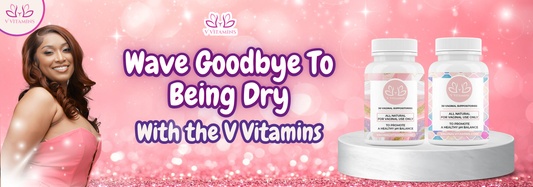Allyship isn’t a symbolic gesture or a seasonal trend—it’s a profound commitment to solidarity. When heterosexual individuals stand up for LGBTQ+ rights, they help dismantle systemic barriers and cultivate inclusive communities where everyone can thrive. Studies consistently show that inclusive environments foster increased well-being, creativity, and a sense of belonging for all individuals. As a strong ally, you’re not just showing support, you're shaping a world anchored in dignity, equity and respect.
Educate Yourself — Lay the Foundation
Before offering support, you must commit to understanding. Learning the history, language, and lived realities of the LGBTQ+ community is essential. Immerse yourself in resources like the Pride Guide which teaches you how to unlearn biases, build safer relationships, understand intersectionality, and practice inclusive pleasure, language, and support. Whether you're queer or a committed ally, it's a roadmap for real, relational change. Attend virtual discussions and live events. Subscribe to queer podcasts and actively listen to individual stories. Equally important is learning terminology. Understand gender identities—cisgender, non-binary, genderqueer, two-spirit and sexual orientations—pansexual, asexual, bisexual. Recognize that misusing terms can inadvertently reinforce exclusion. Practice inclusive pronoun usage—referencing “they/them” when unsure and asking respectfully and incorporate gender-neutral language like “partner” instead of “husband/wife” when preferences are unknown.
Confront Bias and Turn Awareness into Action
Being an ally means confronting and dismantling prejudice. Bias often surfaces in subtle ways such as offhand comments, assumptions about gender norms, or misgendering others. Start with deep self-reflection. Ask: Where have I internalized stereotypes? When might I be complicit through silence? With this awareness, make allyship actionable. If you hear someone joke about “trying out” queer identity, gently but clearly say something like, “That comment isn’t cool, it diminishes real struggles.” If someone uses the wrong pronoun, correct them: “Actually, Jamie uses ‘she/her’ pronouns.” These moments may feel confrontational, but intervention shows respect. Mistakes happen. If you mistakenly misgender someone or make an unintentionally offensive remark, respond with accountability. The Pride Guide equips you with the language, scripts, and reflection prompts needed to confront internalized bias and show up more skillfully in high-stakes moments. From gender-neutral communication to correcting harm with grace
Amplify Queer Voices and Use Your Privilege
Your allyship gains power when it uplifts LGBTQ+ individuals rather than speaking over them. Use your platforms—whether personal, professional, or online to elevate queer voices. Share and highlight work from LGBTQ+ creators: podcasts, articles, art, videos. Centrally showcase trans activists, disabled queer poets, queer women of color whose voices are too often overlooked. At work, push for inclusive policies. Advocate for pronoun visibility, gender-neutral restrooms, and LGBTQ+ employee resource groups. Offer to bring in speakers from the queer community for events or training sessions. Social media provides a powerful stage. During awareness months like Pride, Mental Health Awareness Month, or Trans Day of Visibility, share vetted infographics, fundraisers, or petitions supporting LGBTQ+ causes—particularly those aiding youth, legal rights, or trans care. Attend local Pride marches, rallies, or community gatherings (even virtually), and post reflections about what they revealed to you. Amplification is not only supportive—it makes space for historically silenced voices to be heard and learned from.
Create Inclusive Spaces Beyond Awareness
True allyship is community work. Whether at home, among friends, or in workplaces, determine how to create environments where LGBTQ+ individuals feel safe, seen, and supported. At school or work, propose practical initiatives: implement pronoun stickers, host ongoing inclusivity workshops, establish mentorship programs for queer employees or students, and adopt zero-tolerance policies for harassment. At home, signal acceptance through conversation. Ask loved ones how you can support them and maintain an open-door policy for identity and mental-health discussions. Recognize intersectionality—understand that someone’s sexuality or gender identity can be intertwined with challenges posed by race, poverty, disability, or immigration status. A transgender immigrant of color may experience discrimination on multiple fronts; an astute ally listens and responds to these layered experiences.
In conclusion, allyship requires more than just passive acceptance. And at V Vitamins we’re committed to promoting a world where everyone experiences unrequited love regardless of how you identify. That’s why we’re super excited to share our Pride Guide! We spent months writing this and a key author on this guide is a staff member who’s in the LGBTQAI+ community. This guide will be your roadmap to educate and empower you. And regardless of how you identify it will help you feel more acceptance, confidence & pride in yourself, your choices and your community. You’ll think twice before putting this gem down because of how much you’ll learn about the spectrum that is sexuality and where you fall on it. In addition to helping you understand the struggles people in the queer community go through so you can have more empathy and compassion 💖




